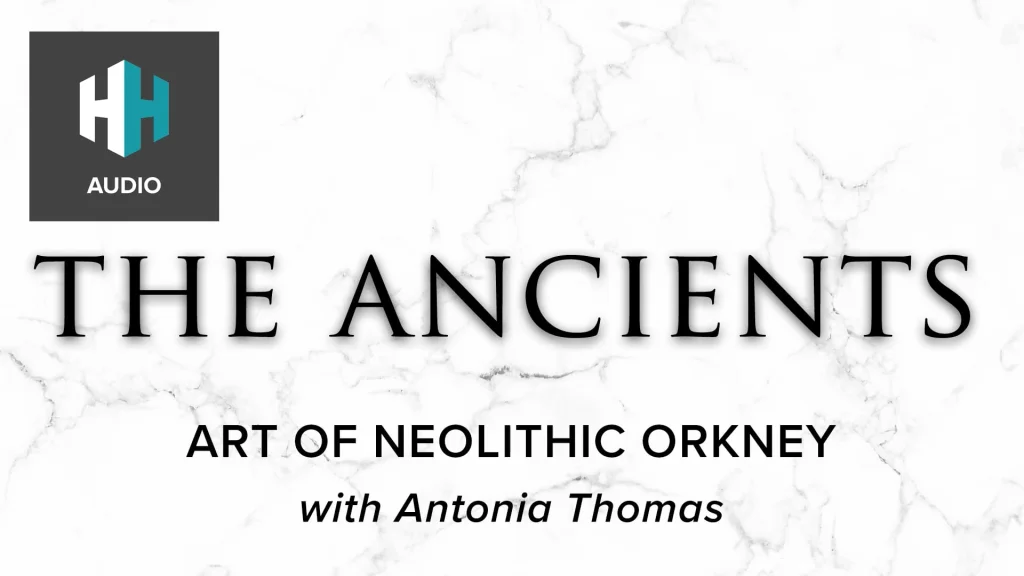
About Maeshowe
Maeshowe is western Europe’s finest chambered tomb (cairn) and has been described by Historic Environment Scotland as ‘a masterpiece of Neolithic engineering’, and ‘an exceptionally early architectural accomplishment’.
Maeshowe history
On the island of Orkney, close to the Loch of Harray’s south-eastern shore, Maeshowe was built around 2,800 BC (around 300 years earlier than the Pyramids of Giza in Egypt) and is widely considered to be a wonder of Neolithic architectural design. The burial mound itself measures approximately 37m in diameter by 7.4m high, and it has been estimated that 100,000 man hours were involved in its construction.
It is postulated that much of the material used to construct the mound came from the outlying 2m deep, 14m wide surrounding ditch, presumably as a form of protection or defence in the same way moats protected medieval castles.
Archaeological studies suggest that the burial mound was built atop an earlier Neolithic structure, possibly a dwelling. The complex nature of the construction, consisting of a central chamber and three side chambers accessed by a long, low passageway, also points to the possibility that it was used to display the power of an elite social class within prehistory’s tribal systems.
Unfortunately, while much is known about how the original structure was built, little is known about why. Archaeological presumptions suggest that it was used as an ossuary to house the bones of the dead, but when the site was first excavated in 1861 by antiquarian James Farrer, only tiny bone fragments were found.
In around 2,000 BC Maeshowe fell into disuse, possibly because the climate was so frigid and the Orcadian society that lived here mass-migrated south in search of more temperate climes. For 3,000 years Maeshowe sat dormant, until January 1153 when, according to the Orkneyinga Saga (an historical narrative of Orkney’s history), Vikings led by Earl Harald Maddadarson broke in through the roof and sheltered there. On their return from a crusade later that same year, Ragnvald, Earl of Møre and his troops also reportedly entered the tomb.
What they left was unquestionably the finest example of runic writing found anywhere in the UK. As well as telling tales of their conquests, the Vikings left graffiti which is ostensibly no different to what you’d find today, such as ‘Ottarfila carved these runes’; ‘Tholfr Klossienn’s son carved these runes high up’, ‘Ingigerth is the most beautiful of women’ and ‘To the north-west is a great hidden treasure. It was long ago that a treasure was hidden here.’
 Listen Now
Listen NowMaeshowe today
Today, Maeshowe remains a striking feature in the Heart of Neolithic Orkney UNESCO World Heritage Site. The stunning burial mound represents Neolithic architecture at its zenith, and any historical trip to the area would be incomplete without it. Access to the site is solely by guided tour from the Skara Brae Visitor Centre, at which you can buy your ticket on the day and will be taken to Maeshowe via coach.
Visitors may explore the stillness inside the tomb, with the intriguing Norse runic graffiti still decorating its walls. Another fascinating element of Maeshowe is the illumination of the 11m-long passageway. Used as a rudimentary calendar, at sunset on midwinter’s day the low-lying sun hits the back wall and rather than a druid-esque pseudo-religious explanation, it’s more likely that it’s practical – people living this far north needed to know when the days were starting to get longer.
Getting to Maeshowe
Maeshowe is located in Orkney in Scotland’s Northern Isles, and can be accessed by taking the M9 through Scotland to Scrabster, from which a ferry will take you to Stromness in Orkney. From there take the M965 directly the Maeshowe. The nearest train station is Thurso, a 45-minute walk to the Scrabster ferry, after which the X1 bus travels to Maeshowe from Stromness.
Featured In

10 of the Best Historic Sites in the Orkney Islands
Neolithic villages, standing stones, the northernmost cathedral in Europe and even Viking graffiti are just few of the historic sites on display in the Orkney Islands.




















